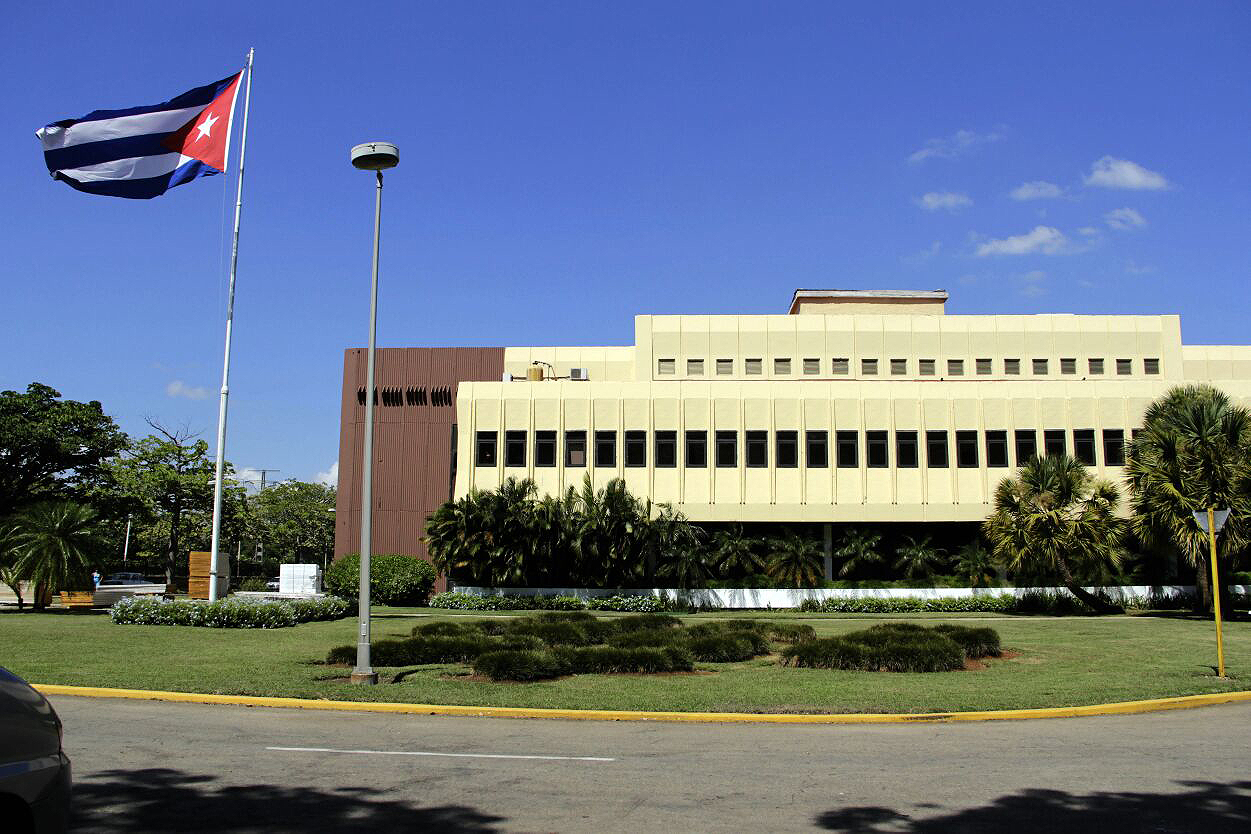Baby KJ now nearly 10 months old, was born with a rare and serious genetic defect, termed CPS1 deficiency. CPS1, short for Carbamoyl phosphate synthetase 1 is a key enzyme in the urea cycle responsible for converting ammonia into urea which is then excreted through urine. In KJ's case both copies of the CPS1 gene, paternal and maternal that he inherited were found defective. KJ was just 2 days old when this was diagnosed. As a temporary solution the baby was immediately put on renal replacement therapy (RRT) to remove waste products, excess fluid, and electrolytes from the bloodstream. Because for such patients the only curative option is liver transplantation and KJ was too young to undergo that. The other option was to design personalized gene therapy . Normally this would take years, but KJ had no time to wait.
Doctor Rebecca Ahrens-Nicklas, is a pediatric geneticist and Director of Gene Therapy for Inherited Metabolic Disorders Program, at the Children's Hospital, Philadelphia and Dr Kiran Musunuru, a cardiologist, geneticist and gene editor at Perelman School of Medicine, University of Penn. They with their research teams took up the challenge. The team worked at lightening speed. The first step was analyzing KJ's genome to pinpoint the exact nature and location of the defect. This exercise revealed a mutation at position 335 in the paternal copy and at position 714 in the maternal copy of the CPS1 gene. In both these positions a stop codon prematurely truncated the formation of the CPS1 enzyme. The team decided to focus on the paternal copy.
The next step was to put together a precise gene-editing tool. A modified version of CRISPR, called base editing, which allowed the alteration of single DNA "letter" in the sequence was chosen. Within 2 months the repair kit nick named K-abe loaded into lipid nanoparticles was ready for trials. First the efficacy of K-abe was tested in mouse and monkey models. This was necessary to assess safe dosage levels in terms of tolerance and toxicity. In six months the therapeutic kit was all set complete with all toxicological, safety and regulatory protocols. KJ was slowly weaned off the dialysis unit and put on nitrogen scavenging medication and minimal protein diet.
Doctors decided to start with very low initial dose of K-abe , then later hike up the dose slowly and steadily. KJ was 7 months old when he received the first infusion. Lipid nanoparticles carried the correction scheme to KJ’s liver. Dr Musunuru sums it up : “CRISPR, a gene editor, enters the nucleus of the cell. In this case, we programmed it to go to the site of the genetic variant that was causing the disease in KJ.” As of now KJ has had 3 infusions and he is doing very well. There is no ammonia build up in his system and his protein intake has been steadily increased. He is growing up hale and healthy and his first birthday is fast approaching.
KJ with his tiny hands has pushed open the door to personalized gene therapy. However challenges remain: such as prohibitive cost, complexity, safety etc. and above all ethical concerns abound.
REFERENCES:
1. Patient-Specific In Vivo Gene Editing to Treat a Rare Genetic Disease
3. World’s first personalized CRISPR therapy given to baby with genetic disease
.


.png)









